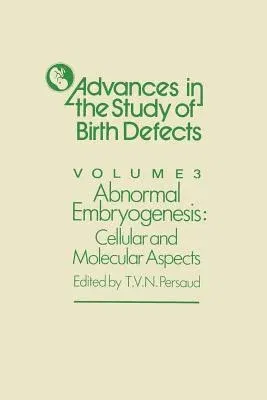Abnormal Embryogenesis: Cellular and Molecular Aspects (Softcover Reprint of the Original 1st 1979)Paperback - Softcover Reprint of the Original 1st 1979, 14 February 2012

Qty
1
Turbo
Ships in 2 - 3 days
In Stock
Free Delivery
Cash on Delivery
15 Days
Free Returns
Secure Checkout
Part of Series
Advances in the Study of Birth Defects
Print Length
246 pages
Language
English
Publisher
Springer
Date Published
14 Feb 2012
ISBN-10
9401166560
ISBN-13
9789401166560
Description
Product Details
Book Edition:
Softcover Reprint of the Original 1st 1979
Book Format:
Paperback
Country of Origin:
NL
Date Published:
14 February 2012
Dimensions:
23.39 x
15.6 x
1.4 cm
ISBN-10:
9401166560
ISBN-13:
9789401166560
Language:
English
Location:
Dordrecht
Pages:
246
Publisher:
Weight:
367.41 gm

